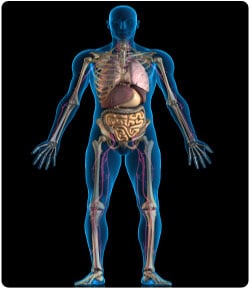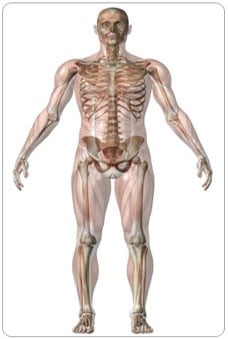History of Artificial / Prosthetic Limbs
Mechanical replacements for legs such as the wooden peg legs attributed to pirate characters in popular fiction like Long John Silver in Treasure Island have been in use since ancient times. Greek and Roman history more than 3000 years old have records of mechanical devices made out of basic materials like wood and metal, and attached to the body with leather straps that served as
During the 16th century a French military doctor Ambroise Paré, who specialized in amputation techniques invented a hinged mechanical hand and artificial legs that had advanced features locking knees and specially attached harnesses. Towards the end of the 17th century, Pieter Verduyn, a Dutch surgeon, developed an artificial lower limb with specialized hinges and a leather cuff to facilitate better attachment to the body. The contributions made by these two doctors are still the basic features of modern day artificial limbs.
Gaseous anesthesia in the 19th century enabled doctors to perform accurate amputation surgeries in order to prepare the limb stump to fit comfortably with the prosthetic limb. Surgical advancements and sterile, germ free surgeries guaranteed successful amputation procedures, which in turn increased the demand for artificial limbs.
The field of prosthetics vastly improved with suction-based attachment methods and joint technology in the 19th century. Notably, a prosthetic arm that could be controlled by connecting straps in the opposite shoulder was developed in 1812. The surge in the number of World War II veteran amputees saw the establishment of the Artificial Limb Program in 1945 by the American National Academy of Sciences. Throughout the world scientific progress has contributed to rendering artificial limbs more lifelike and functional in terms of materials, design and adaptability.










